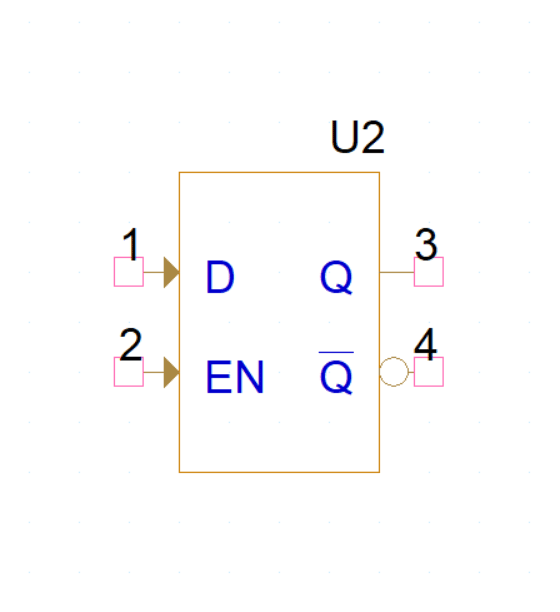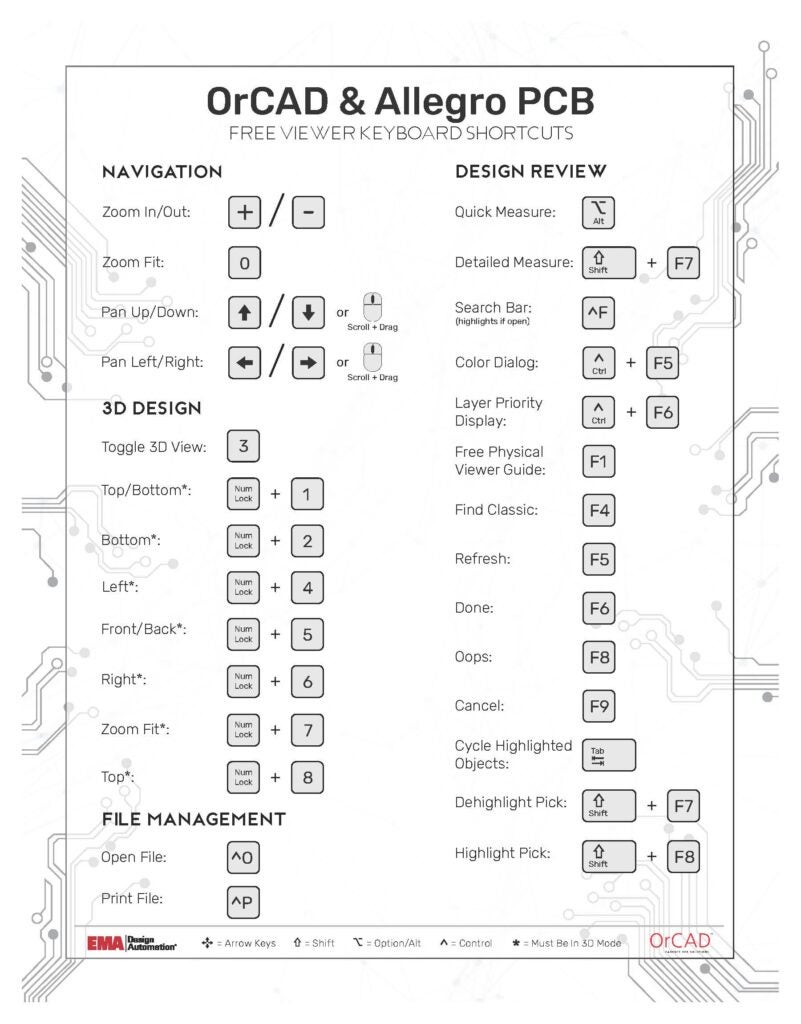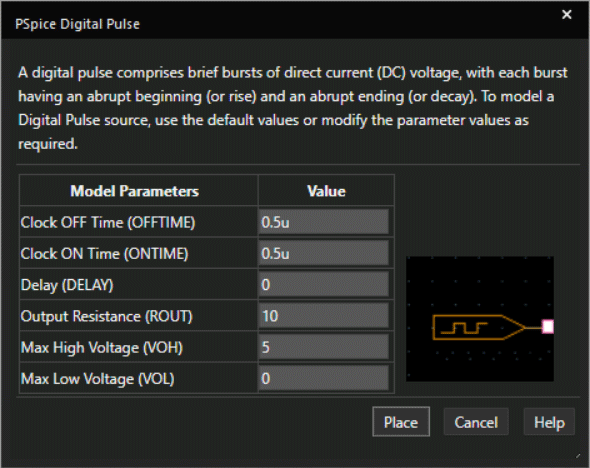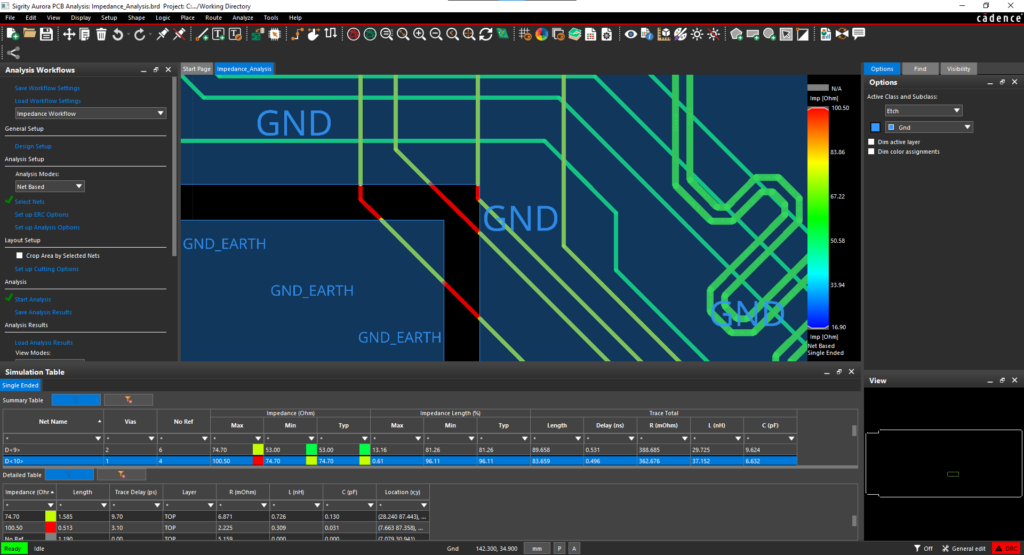Does it seem that your competitors are always getting to market faster? Experiencing fewer errors and setbacks? Are you wondering, “what could they be doing to achieve this?” A recent report by the Aberdeen group found that best-in-class companies are 50% more likely than their competitors to connect PCB data with their PLM systems, resulting in decreased development time, greater consistency within their designs, and did a better job at avoiding data integrity issues. Here are 5 reasons why integrating PCB design with your PLM and business processes will help your business:
1.Make smart design decisions upfront
There are many consequences that result from poor design data management, the top pressure for most companies and users is the impact on time to market goals. Engineers need to have access to critical data such as lifecycle, stock, and pricing during the design phase so they can make the right design decisions upfront when the cost of change is the lowest.
2.Reduce risk and prevent costly design errors
Data loss and errors happen, often at the most unexpected and inconvenient times. With this comes the chance of having to spend more money to correct the mistake, or to even replace those specific parts. As a user, and as a company, you can’t afford to have these products fail. If engineers are saving designs to local machines or shared drives the risk of data loss is very real. PLM monitors the whole life cycle, from the collection of requirements all the way through to the design phase, production, operation/maintenance to the disposal of the product. This should include PCB data as well.
3. Bi-directional data exchange
PCB design teams are often forced into ‘arms-length’ interactions with their organizations PLM system. Whether it is logging into a separate application or manually transferring data between PLM and PCB CAD systems – interfacing with PLM is often seen as a necessary evil, not a way to foster collaboration and improve the product development process. Creating a true native bi-directional data exchange between PLM and PCB enables design teams to easily interact with PLM in the context of their design environment, greatly enhancing the ability for engineering to leverage the PLM system to help drive product development forward.
4. Create a single source for your product data
PLM is meant to connect all aspects of the product development process together to allow all stakeholders to stay coordinated and in sync. Connecting PCB to PLM allows the PCB design team to become an integrated part of this process from product inception to production and even on to rev 2. Without connecting to and participating in your corporate PLM environment the PCB design team risks missing out on critical information that can impact their design requirements and product schedules.
5.It’s easy…at least for OrCAD
Finding the resources, tools, and time required to manually integrate with your company PLM is often not practical or cost effective despite the potential advantages. Fortunately, EMA Enterprise Connect provides organizations the ability to leverage pre-built off-the-shelf connectors designed to integrate OrCAD with your PLM of choice. With EMA Enterprise Connect OrCAD design teams are able to capture the benefits seen by ‘best-in-class’ enterprises while staying within your budget and implementation timetable.
Benefits include:
- Reduced time to market
- Prevention of errors and data loss
- Synchronized processes across all engineering disciplines
- Monitoring of the whole life cycle
- Bi-directional native integration with PCB CAD
- And more.
EMA Enterprise Connect currently supports direct bi-directional integrations with the following: ARAS Innovator, Arena, Infor, Oracle Agile, SAP, SolidWorks Enterprise PDM, and Windchill PTC as well as uni-directional integration with most PLM, ERP, and MRP systems.











